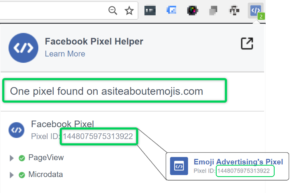
Last Updated / Reviewed: May 6th, 2021
Execution Time: ~5-10 minutes
Goal: To add the Facebook pixel to your site.
Ideal Outcome: The Facebook pixel is properly installed without any technical issues.
Prerequisites or requirements: You can only do this once you have installed Google Tag Manager on your site. You should have also already set up a Facebook Ads Account using Business Manager (SOP 010).
Why this is important: Facebook Pixel is essential if you want to use Facebook advertising. With this pixel, you can create remarketing audiences and set up conversions for your campaigns.
Note: If you are using Shopify do not follow this SOP, but instead follow SOP 068 – How to add a Facebook Pixel to a Shopify Store.
Where this is done: In Google Tag Manager and your Facebook Ads manager.
When this is done: Only once—the first time you install the Facebook pixel.
Who does this: The person responsible for website management, analytics, or paid advertising.
________________________________________
𝤿 Environment Setup
Important:
● This SOP describes the process of installing the Facebook Pixel using Google Tag Manager (the tool we recommend for adding and managing tracking codes to your website.) If you haven’t added Google Tag Manager to your site, you can check out our Google Tag Manager Installation SOPs for WordPress or Squarespace.
● If you are using Shopify do not follow this SOP, but instead follow SOP 068 – How to add a Facebook Pixel to a Shopify Store.
● You should have created or gotten access to your company’s Facebook Business Manager account before following this process.
Before you start:
1. Install the Facebook Pixel Helper Chrome Extension.
𝤿 Installing the Facebook Pixel
1. Log in to Facebook.
2. Go to your Facebook Business Manager.
3. Make sure to select the right Business Manager account from the dropdown:
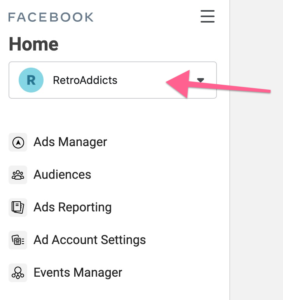
4. Next, click on “Events Manager”
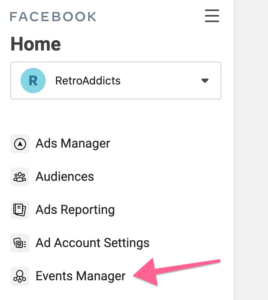
5. If a Pixel has already been created but hasn’t been installed yet, select it from the list on the left and click “Continue Pixel Setup” (then follow jump to step 7)

6. If this is the first time creating a Pixel for this business:
a. Click on “Connect Data Sources”
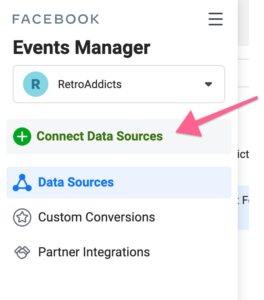
b. Select “Web” from the list, and click “Connect”
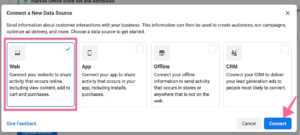
7. Select “Facebook Pixel” from the list, and click “Connect”
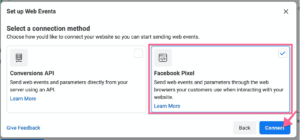
8. Give the Pixel a name and provide the website’s URL
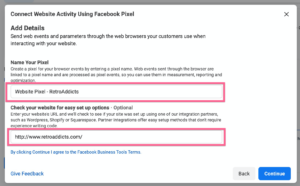
9. You will be presented with a few options to install your pixel. If Google Tag Manager is’t listed, click on the “Select Another Integration” option
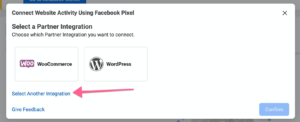
10. Select “Google Tag Manager” from the list
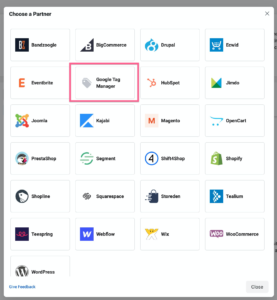
11. You will be asked If you want to turn on “Advanced Matching”. If you are an advanced Google Tag Manager user you might want to configure it now. If not, leave it “Off” and click “Continue”:
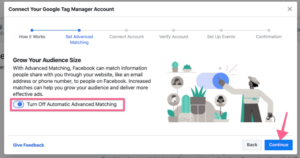
12. Next, you will be prompted to sign in to the Google Account you use for Google Tag Manager and will need to allow Facebook to make changes.
13. Back in the Facebook Ads Manager interface, pick the Google Tag Manager account and container you would like to use, then click “Finish Setup”.
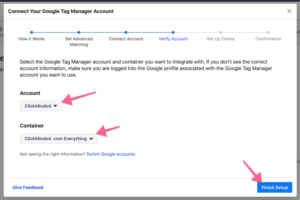
14. Next, you can choose to add events using the Event Setup Tool. Since you just want to add the Pixel Base Code, for now, you will just need to click “Next”.
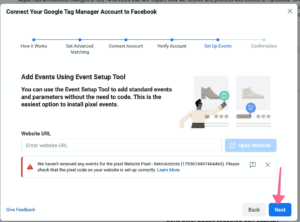
a. You might see a warning that mentions that the pixel hasn’t received any events. This is normal since you’ve just installed it—we’ll verify the installation later in this SOP.
15. Finally, you’ll see a screen confirming that the setup is complete.
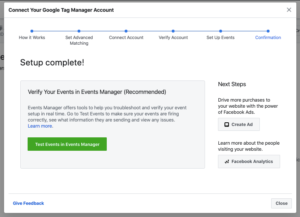
𝤿 QA-ing the Facebook Pixel
1. Open your website using Chrome.
2. Click on the Facebook Pixel Helper Chrome extension.

3. You should be able to see your Facebook Pixel installed. The extension should be able to find at least one pixel, and it should match the Pixel ID on your Facebook Business Manager.
